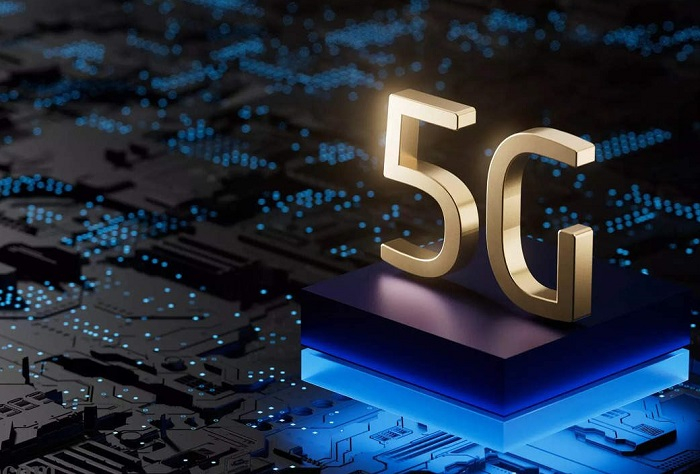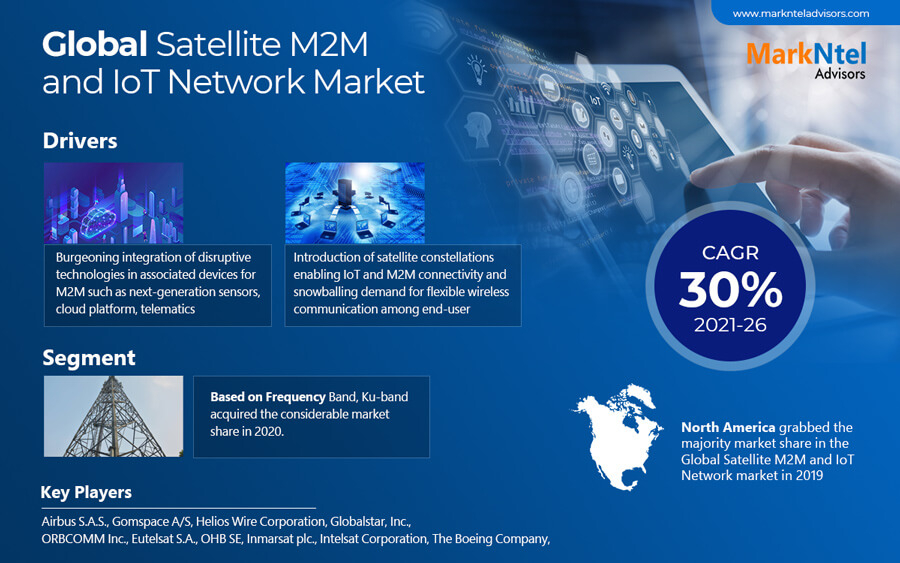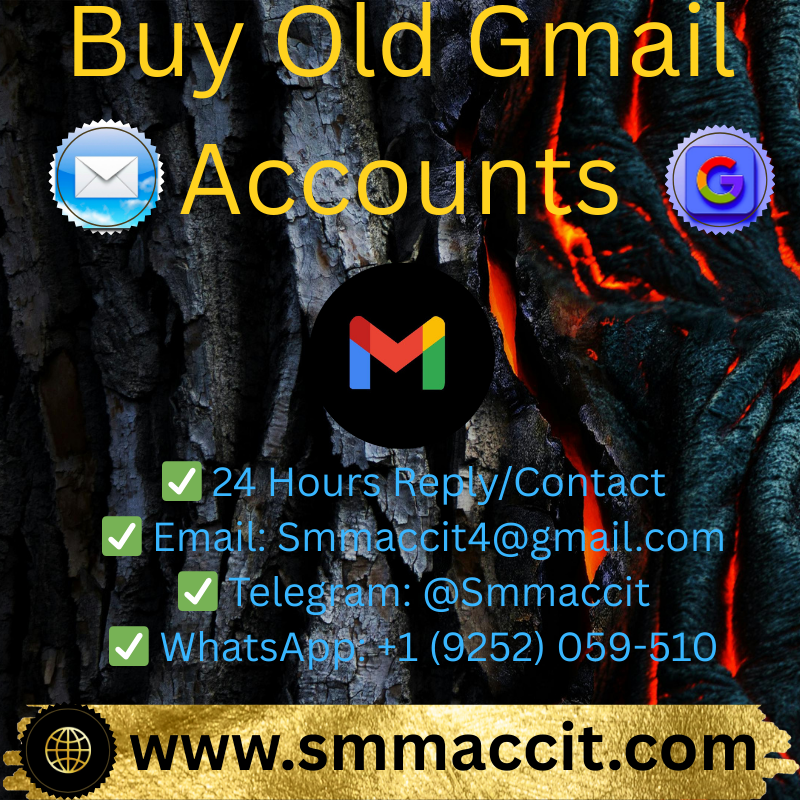A Comprehensive Overview of the Global and Dynamic 5G Market Ecosystem

The global 5G Market is a massive and complex ecosystem of companies and technologies all working together to build, deploy, and leverage the next generation of wireless communication. This market is not a single entity but a multi-layered value chain. At the very foundation are the Mobile Network Operators (MNOs), such as Verizon, China Mobile, and Vodafone, who are spending hundreds of billions of dollars to acquire 5G spectrum licenses and to build out the physical network infrastructure. Above them are the network equipment manufacturers, like Ericsson, Nokia, and Samsung, who design and build the sophisticated radio access network (RAN) equipment, such as base stations and antennas, that the MNOs deploy. The third critical layer consists of the chipset and device manufacturers, including companies like Qualcomm, MediaTek, Apple, and Samsung, who create the 5G modems and the smartphones and other devices that connect to the network.
The 5G market is also defined by the diverse range of end-users and applications it serves, which go far beyond the traditional consumer smartphone market. A significant and rapidly growing segment of the market is focused on enterprise and industrial use cases. This includes deploying private 5G networks for factories to enable smart manufacturing, providing high-capacity wireless connectivity for businesses as an alternative to fixed-line broadband (known as Fixed Wireless Access or FWA), and enabling a new generation of IoT applications in sectors like logistics, agriculture, and healthcare. This expansion into the enterprise space is a key differentiator from previous wireless generations and represents a massive new revenue opportunity for the entire 5G ecosystem, moving beyond simply selling data plans to consumers and into providing mission-critical services for businesses.
The geographic rollout of 5G is a key dynamic within the market. Countries in Asia, particularly South Korea and China, were among the first to launch large-scale commercial 5G networks and continue to lead in terms of subscriber numbers and infrastructure deployment. North America, led by the United States, has also seen a rapid and widespread rollout, with a strong focus on both consumer mobile broadband and enterprise applications. Europe is also making significant progress, though its rollout has been somewhat more fragmented across different countries. 5G Market is Estimated to Reach USD 638.07 Billion by 2035, Growing at a CAGR of 40.6% During the Forecast Period 2025 - 2035. This massive global valuation is a reflection of this worldwide investment cycle, as every major economy recognizes the strategic importance of 5G for its future competitiveness and technological leadership.
In conclusion, the 5G market is a complex interplay between infrastructure builders, hardware manufacturers, service providers, and a growing array of enterprise and consumer end-users. It is characterized by massive capital investment, intense competition between vendors and operators, and a continuous cycle of technological innovation. The ultimate success of the market will be measured not just by the number of subscribers, but by its ability to foster a vibrant ecosystem of new applications and services that leverage the unique capabilities of 5G to create new economic value and solve real-world problems. The journey is still in its early stages, but the market is poised for explosive growth as the network continues to expand and mature globally.
Explore Our Latest Trending Reports:
Augmented Reality In Manufacturing Market Size




